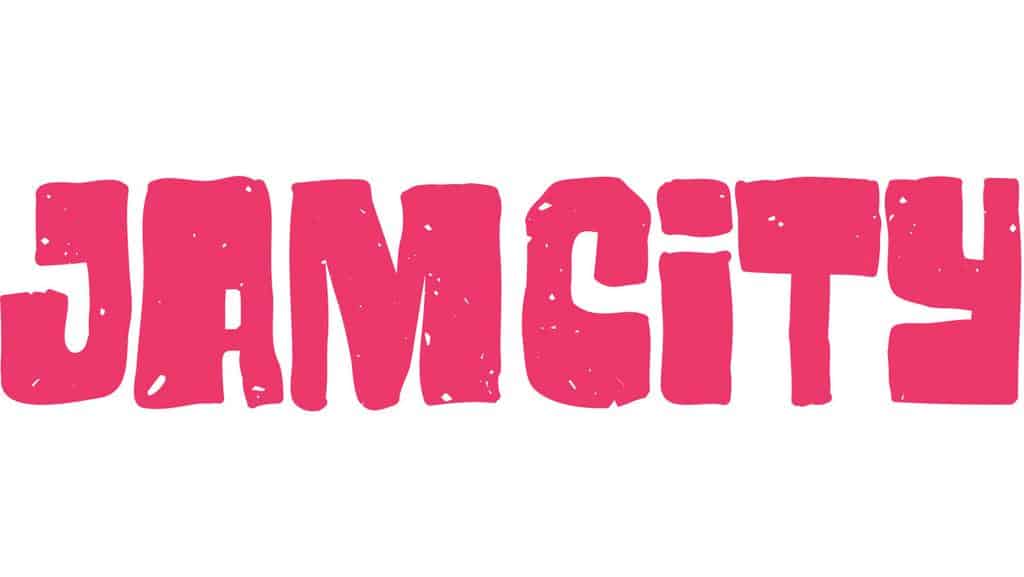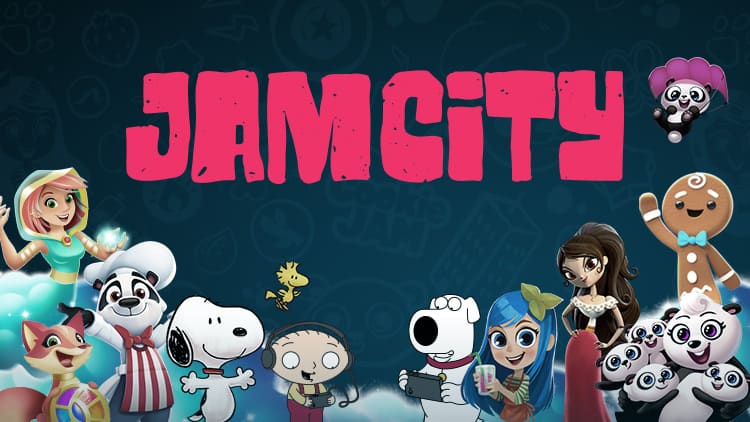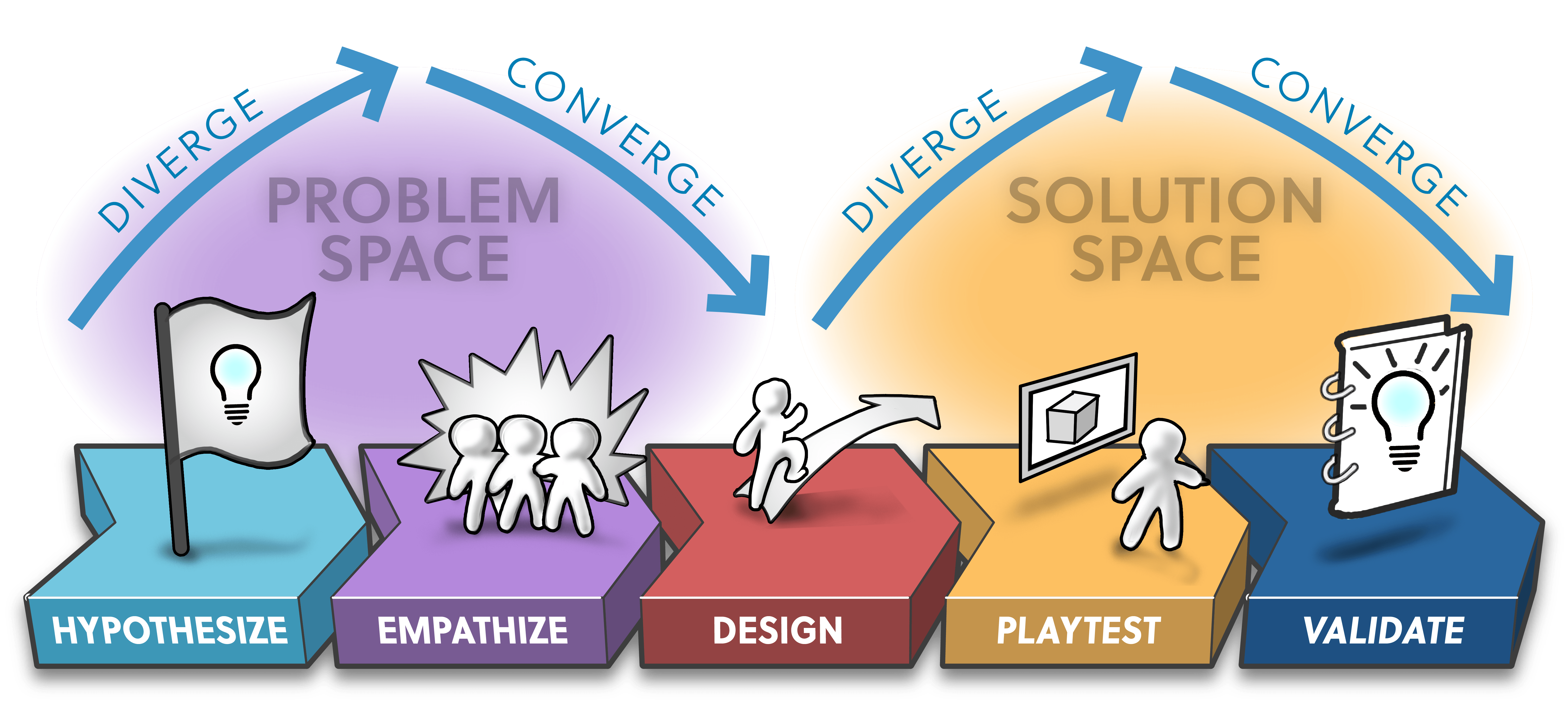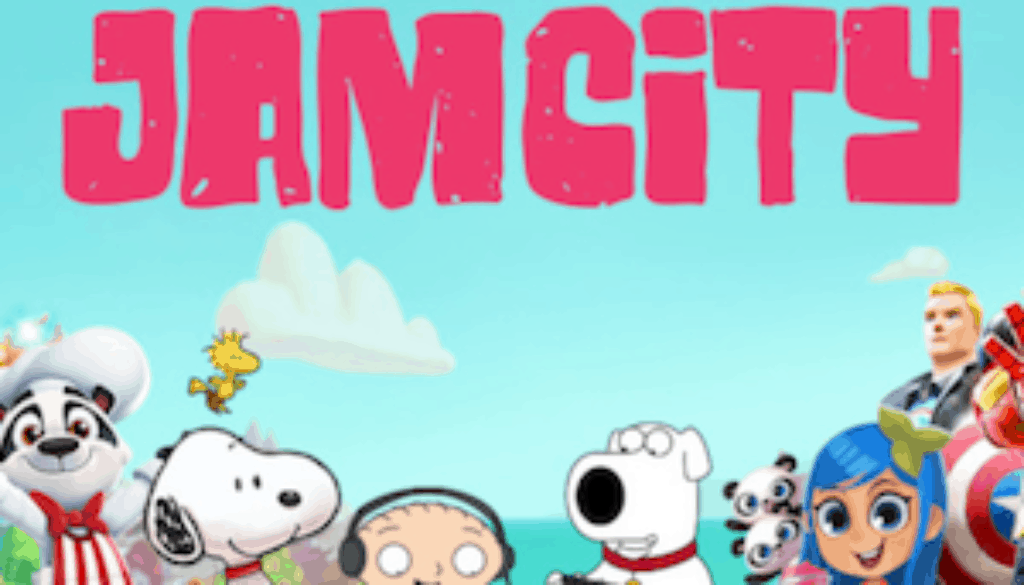CASE STUDY: Jam City
Blue-ocean innovation in mobile games
Jam City was struggling to bring an innovative new game to market. Together, we found a “blue ocean space” in a crowded market, and validated an innovative game idea. After that success, Jam City invested in training several game teams to replicate those results.

Jam City is a successful mobile games publisher with hit franchises like Cookie Jam and brand partnerships, with properties like Family Guy. One of their top teams had been developing a promising new idea for months, but they couldn’t find a fresh, innovative angle to set the game apart.
Using our Game Thinking methodology and toolkit, the team approached this opportunity from a different angle, and were able to create and validate an exciting, player-centric design. When we pitched our revamped game concept to the executive team, they green-lit the project, based on the innovative design, validated mechanics and market opportunity.
After that success, Game Thinking spread through the company as a way to validate ideas faster and communicate designs more clearly.
SUCCESS TIP
To innovate smarter, start with a small, focused project and expand from there.

THE CHALLENGE
Identify a “blue ocean” opportunity
How do you find blue-ocean opportunity in a crowded market? That’s the challenge Jam City faced when we started working together.
We tackled this challenge by connecting with enthusiastic gamers in that genre, and understanding what they liked — and didn’t — about those games.
Through this process, we discovered a group of players who enjoyed these games, but wanted a new type kind of gaming experience, which didn’t currently exist.
Using insights from these players, we crafted a scenario that showcased gaming activities and progression, and added a cooperative mode based on what we’d observed during our research. Validating those designs let us understand which features these players cared about most, which helped us tighten up our game pitch.

Their reactions let us know we were onto something. When we pitched our new concept to the executives, we showed video clips of these players reacting to our game concept. That sealed the deal, and got the game green-lit.
SUCCESS TIP
To find new market opportunities, start by understanding the existing habits and unmet needs of your leading-edge customers

JAM CITY’S STRATEGIC ADVANTAGE
Curated Insider Community
As we started working together, it became clear that Jam City had a “secret weapon:” their world-class Customer Insights team, led by Lisa Spano, VP Research.
This team had developed an active Insider Community, populated with enthusiasts from all their game franchises. This warm, curated group played a key factor in our execution speed, letting us quickly recruit gamers with specific interests into our tests.
This asset let us complete test recruiting in a few days, something that would have otherwise taken weeks.
SUCCESS TIP
To increase your odds of success, build a pre-launch Insider Community

FOLLOW THE CUSTOMER
The power of cooperative play
In our initial design sessions, we explored different directions for the game – and reviewed the market landscape. After interviewing potential players, it became clear that creative cooperative play between friends and family members was an unmet need for our audience.
So we developed and tested some co-op ideas, and found that most of our testers identified cooperative play as their favorite part of the game concept.
Taking a low-fidelity, iterative approach to testing game concepts let us get feedback on different ideas quickly and cheaply. And that led us to a game design concept we felt confident about.
SUCCESS TIP
Test your initial assumptions and find out what excites potential customers MOST about your idea



SPREADING THE POWER OF GAME THINKING
Leverage a proven innovation toolkit
After having success with Game Thinking, Jam City decided to spread this methodology to other studios within the organization.
So the company invested in training 6 team members in our Game Thinking Certification program. These professionals are now spreading Game Thinking throughout the company to develop, test and pitch game ideas.
This shared methodology and language has increased cross-functional collaboration between researchers and game designers, and allowed teams to test ideas and catch problems earlier.
SUCCESS TIP
To bring new innovation practices to an established company, adopt a proven system that internal staff can learn & master.


